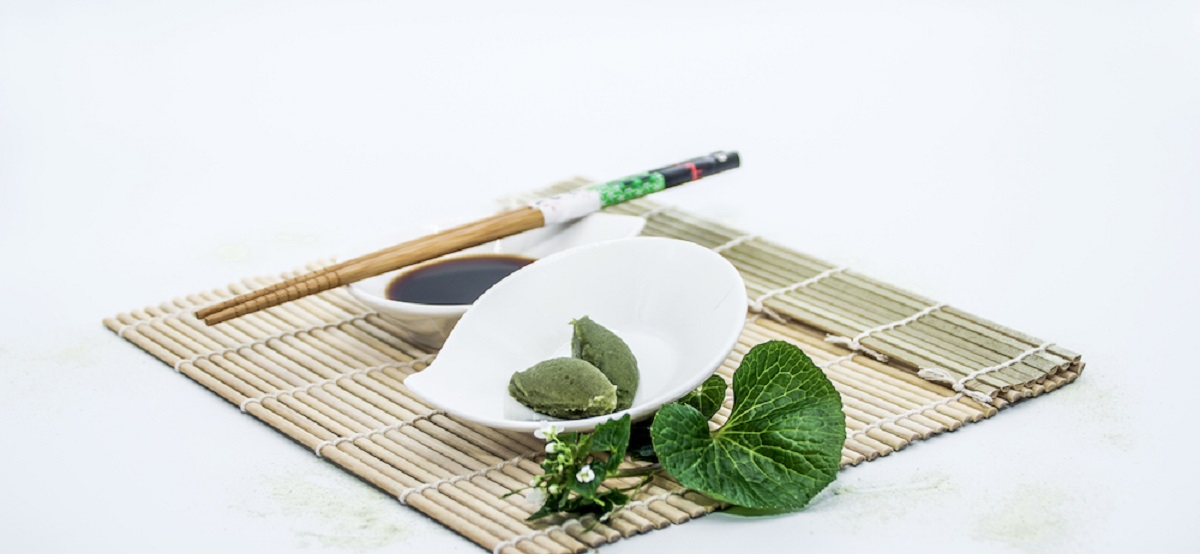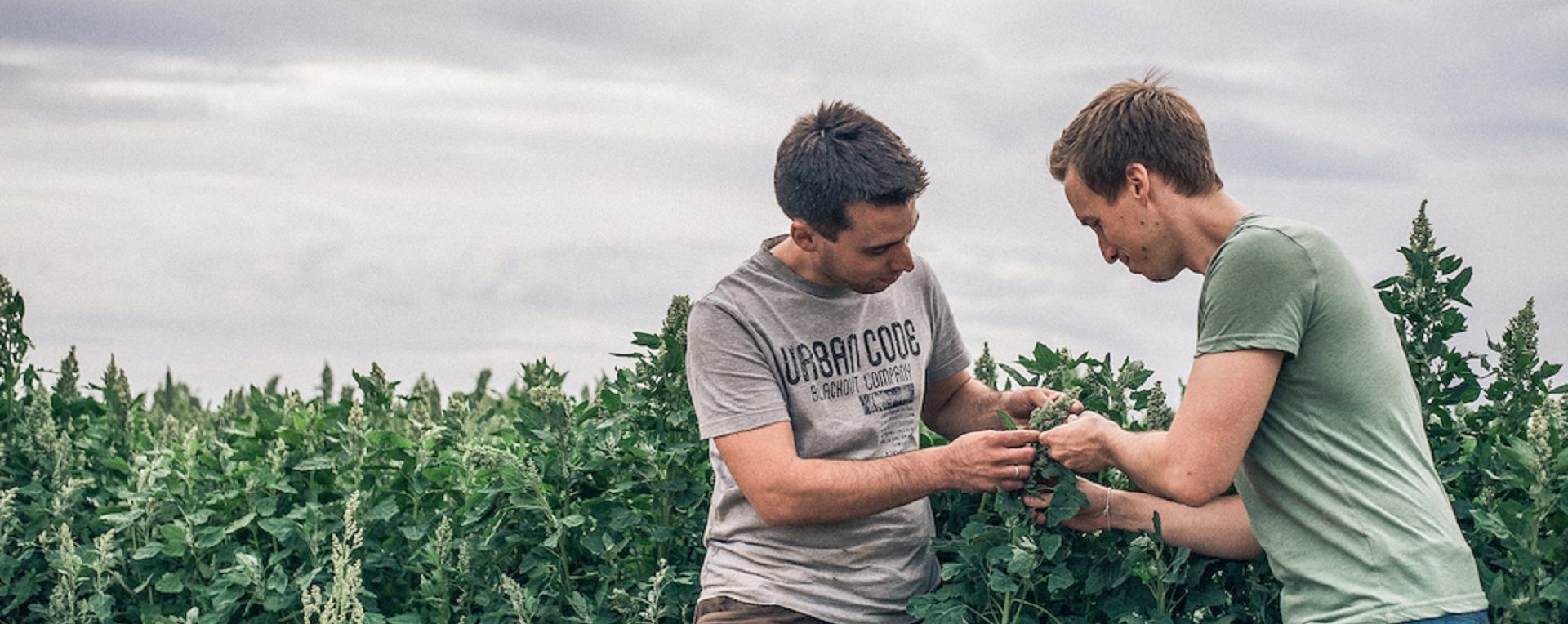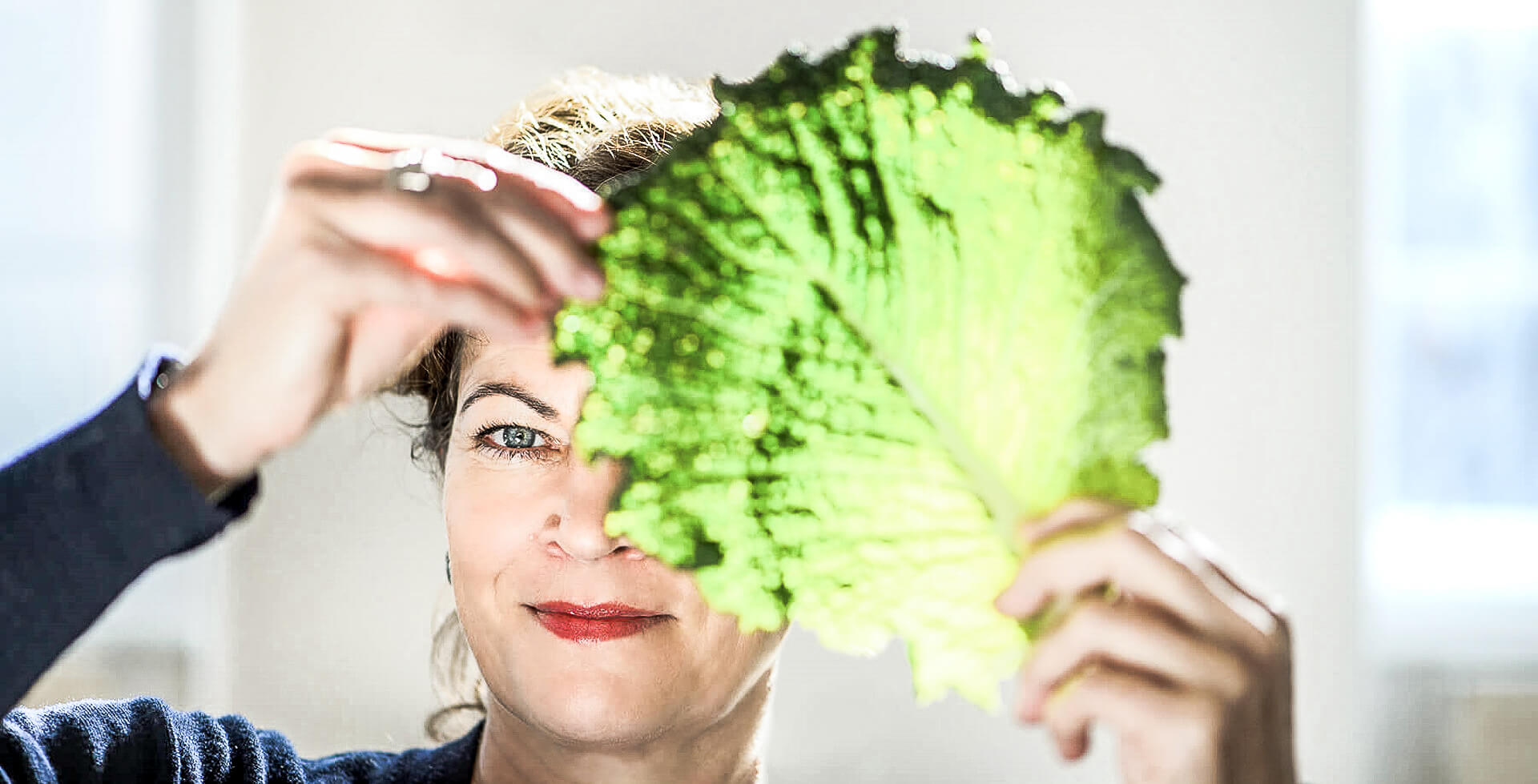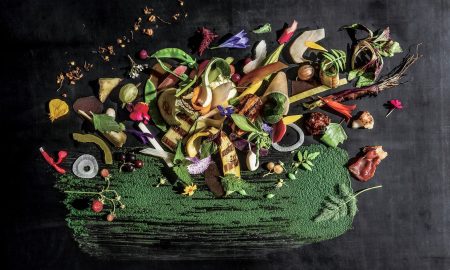Food trend expert Hanni Rützler travels a lot – these days, above all to talk to many in the media world about the Food Report 2024. In the process, she makes a point of traveling in a way that is as climate-friendly as possible. She conducted this interview with KTCHNrebel from the train. However, the way we travel is not the only thing that has an impact on our carbon footprint; the transportation routes our food covers before it is cooked up in our restaurants and kitchens at home also have an impact. Until recently, for example, you had to contend with long supply chains and high emissions if you wanted to eat exotic fruits or seafood. Another option was to forego them altogether for the sake of the environment and opt for regional products instead.

Image: Julietta-Kunkel
Local Exotics – no contradiction
While this sounds good and makes sense, it is not entirely convincing – until innovative farmers and start-ups come into play, that is. They are shaking up the industry by daring to try something new, because the tried and tested often simply no longer works because of high temperatures or low water levels. They are reinterpreting the concepts of “regional” and “seasonal” and enabling us to enjoy extraordinary taste experiences we have never encountered before. “Local exotics” is the name of this exciting food trend, which is growing stronger every year.
The list of farms in the D-A-CH region (Germany, Austria and Switzerland) growing exotic plants or breeding exotic animals compiled by Hanni Rützler in the current Food Report alone includes more than 80 producers. And this list is by no means exhaustive.
Swiss shrimp, quinoa from the Rhineland, wasabi from Austria
The majority of the companies mentioned are in Austria, probably because Hanni Rützler is also from the country. However, this list is extended to other countries as well. One of the companies mentioned is PhytonIQ from Burgenland, which has attracted attention worldwide with it indoor Wasabi cultivation.

Image: Sandra Glatz
Thanks to sophisticated technology, the demanding plant, originally from Japan, can be sustainably cultivated in containers all year round. The electricity for the LED technology comes from renewable energy, and the irrigation system helps save 95 percent water and 85 percent fertilizer.
When it comes to neighboring Germany, they are growing quinoa, a superfood, just outside Cologne. The founders call themselves Rheinland field heroes and want to significantly cut CO2 emissions by sustainably growing regional food. And finally, in Switzerland, the Kunz family did pioneering work by converting the pigsty at the nearly 300-year-old Eyhof farm into a successful indoor shrimp farm.
The list could go on to your heart’s desire, including companies outside the DACH region. Meanwhile, in the heart of Europe, they are breeding yaks and bison, zebu or Angus beef and sturgeon for caviar, and growing watermelons, pak choi or saffron. Papayas and maracujas will soon follow. To say that new farms are springing up like shitake mushrooms (which, by the way, are being cultivated in Flachgau in Austria) would be an exaggeration. Nevertheless, the food trend local exotics is constantly finding advocates and forward thinkers as well as asserting itself on international stages such as the Oxford Real Farming Conference (ORFC).
Therefore, it is not surprising that, as Hanni Rützler says, this trend “will be with us for several more years until development will eventually have adapted to climate change.”
Exotic products – regional farming
Two years ago, when the nutrition expert first mentioned the local exotics trend in her 2022 report, it was still a tenuous movement that was hardly noticed by the outside world. But then the pandemic of all things gave this development a real boost. That is because both wanderlust and the demand for domestic products increased dramatically during this period. “Especially during the Corona years, regionality gained a lot of popularity – all over the world. However, the range was not very extensive. On top of that, domestic agriculture had to battle hard with climate change and experienced major crop losses,” explains the trend researcher.
That’s why some farmers started to plant and grow rice, ginger, artichokes or peanuts – rather unusual foods for our part of the world. “This addressed the need for more regionality and simultaneously offered a solution to the problem.” To be more exact, for several problems. After all, regional cultivation means exotic foods no longer have to be transported thousands of miles across the world by truck, ship or plane to end up on our plates. As are result, they reduce the CO2 footprint and also don’t need to be treated with unhealthy chemicals to make them last longer and survive the long journey.

Image: Stephan Strache | Lost in a Moment
True, they taste different than what we’re use to: that is, better. On the one hand, they’re fresher, and on the other hand, our guilty conscience no longer weighs on us when we enjoy or prepare them without a care in the world.















